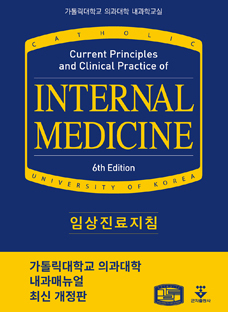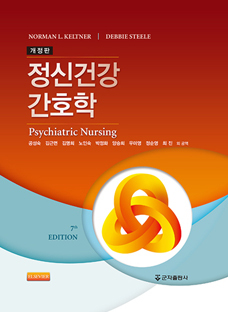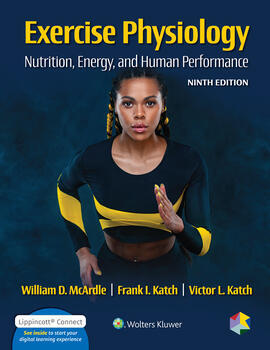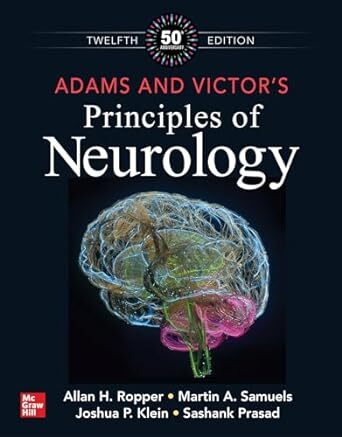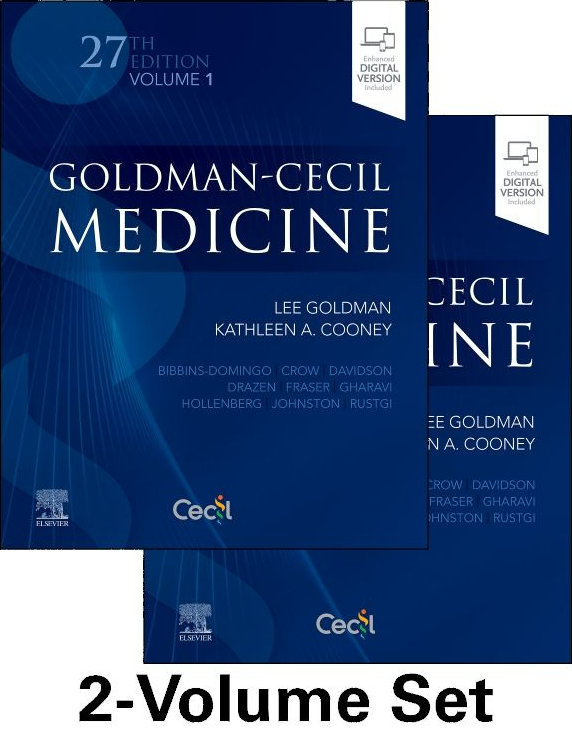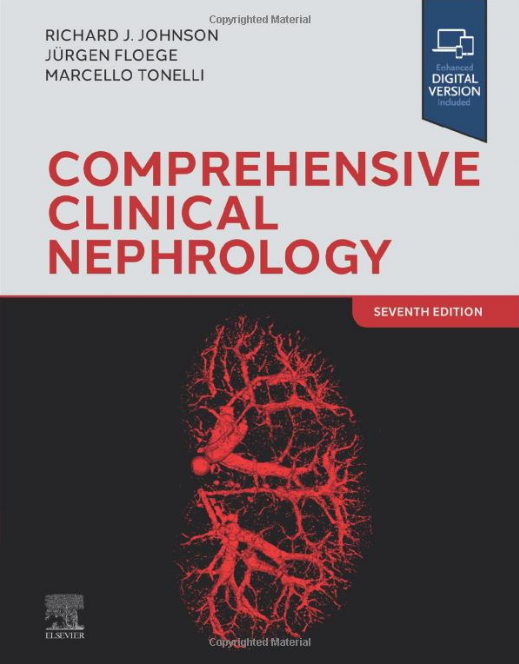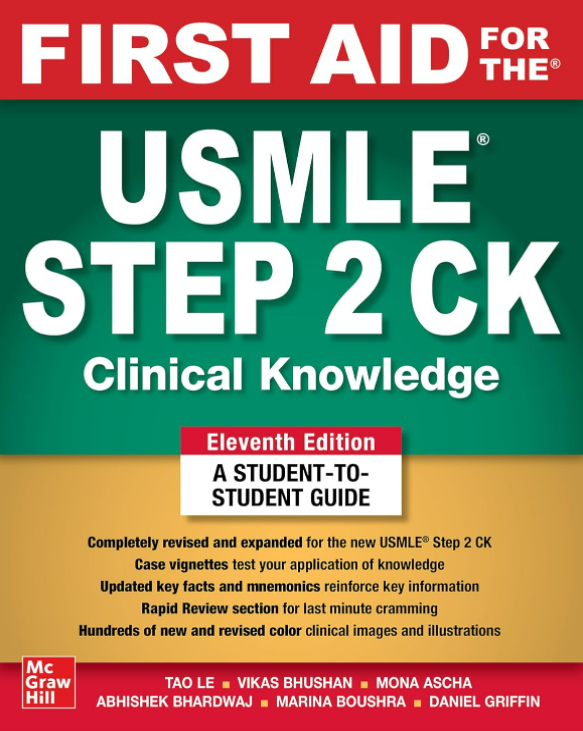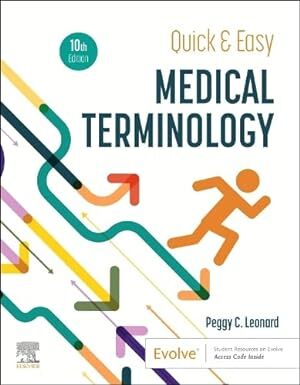INTRODUCTION
A View from the Past xiv
PART ONE
EXERCISE PHYSIOLOGY 1
SECTION 1 Nutrition: The Base for
Human Performance 3
CHAPTER 1
Carbohydrates, Lipids, and Proteins 4
PART 1 • CARBOHYDRATES 6
Carbohydrate Kinds and Sources 6
Recommended Carbohydrate Intake 11
Carbohydrates’ Role in the Body 11
Carbohydrate Dynamics During Physical Activity 12
PART 2 • LIPIDS 15
Lipid Characteristics 15
Lipid Kinds and Sources 15
Recommended Lipid Intake 22
Lipid Dynamics in Physical Activity 25
PART 3 • PROTEINS 28
About Protein 28
Protein Categories 29
Recommended Protein Intake 30
Protein’s Role in the Body 32
Protein Metabolism Dynamics 32
Nitrogen Balance 33
Protein Dynamics During Physical Activity 35
CHAPTER 2
Vitamins, Minerals, and Water 42
PART 1 • VITAMINS 44
About Vitamins 44
Vitamin Types 44
Vitamins’ Role in the Body 45
Defining Nutrient Needs: Dietary Reference Intakes 46
Vitamin Antioxidant Role 47
Vitamin-Rich Food Sources 48
Physical Activity, Free Radicals, and Antioxidants 49
Does Vitamin Supplementation Provide a Competitive Edge? 50
PART 2 • MINERALS 52
Mineral Essentials 52
Mineral Functions 52
Calcium 53
Female Athlete Triad 59
Male Athlete Triad 61
Phosphorus 62
Magnesium 62
Iron 62
Sodium, Potassium, and Chlorine 66
Minerals and Exercise Performance 67
PART 3 • WATER 69
The Body’s Water Content 69
Water’s Functions 69
Water Balance: Intake Versus Output 70
Physical Activity and Water Requirements 72
CHAPTER 3
Optimal Nutrition for Physical Activity 86
Nutrient Intake Among the Physically Active 88
Good Nutrition Essentials 93
Dietary Guidelines for Americans 93
Physical Activity and Food Intake 98
Precompetition Meal 103
Liquid Meals and Prepackaged Nutrition Bars, Powders, and
Drinks 104
Carbohydrate Feedings Prior to, During, and in Recovery from
Physical Activity 106
High-Glycemic Foods’ Possible Role in Obesity 110
Foods’ Insulin Index 111
Glucose Feedings, Electrolytes, and Water Uptake 112
SECTION 2 Energy for Physical
Activity 119
CHAPTER 4
Food’s Energy Value 120
Measuring Food’s Energy Content 122
Food’s Gross Energy Value 124
Food’s Net Energy Value 126
Calculating a Meal’s Energy Value 127
CHAPTER 5
Introduction to Energy Transfer 134
Energy: The Capacity for Work 136
Energy Interconversions 137
Biologic Work in Humans 139
Enzymes and Coenzymes: Energy Release Rate Alteration 139
Hydrolysis and Condensation: The Basis for Digestion and
Synthesis 143
CHAPTER 6
Energy Transfer in the Body 150
PART 1 • PHOSPHATE BOND ENERGY 152
Adenosine Triphosphate: The Energy Currency 152
Phosphocreatine: The Energy Reservoir 154
Cellular Oxidation 155
Oxygen’s Role in Energy Metabolism 157
PART 2 • ENERGY RELEASE FROM MACRONUTRIENTS 158
Energy Release from Carbohydrate 160
Energy Release from Lipid 168
Energy Release from Protein 172
The Metabolic Mill: Interrelationships Among Carbohydrate, Lipid,
and Protein Metabolism 173
CHAPTER 7
Energy Transfer During Physical Activity 178
Immediate Energy: The Adenosine Triphosphate-Phosphocreatine
System 180
Short-Term Energy: The Glycolytic (Lactate-Forming)
System 180
Long-Term Energy: The Aerobic System 182
ContentsPhysical Activity Energy Spectrum 185
Recovery Oxygen Uptake 187
CHAPTER 8
Measuring Energy Expenditure 194
Measuring the Body’s Heat Production 196
Doubly Labeled Water Technique 202
Respiratory Quotient 202
Respiratory Exchange Ratio 205
CHAPTER 9
Energy Expenditure During Rest and
Physical Activity 210
PART 1 • ENERGY EXPENDITURE AT REST 212
Basal and Resting Metabolic Rate 212
Metabolic Size Concept 212
Metabolic Rate: Age and Sex Comparisons 214
Five Factors That Affect TDEE 216
PART 2 • ENERGY EXPENDITURE DURING PHYSICAL
ACTIVITY 220
Energy Expenditure Classification for Physical Activities 220
The MET 221
Average Daily Energy Expenditure Rates 221
Energy Cost of Household, Industrial, and Recreational
Activities 222
Body Mass Influence 222
Heart Rate to Estimate Energy Expenditure 222
CHAPTER 10
Energy Expenditure During Walking,
Jogging, Running, and Swimming 226
Human Movement Efficiency and Economy 228
Human Movement Efficiency 228
Human Movement Economy 230
Running Energy Expenditure 233
Swimming 239
CHAPTER 11
Individual Differences and Measuring
Energy Capacities 248
Metabolic Capacity and Exercise Performance: Specificity Versus
Generality 250
Overview: Exercise Energy Transfer Capacity 250
Anaerobic Function Physiologic and Performance Tests 250
Anaerobic Energy Transfer: The Immediate and Short-Term Energy
Systems 251
Anaerobic Energy Transfer: The Short-Term Glycolytic (Lactate-
Forming) Energy System 253
Aerobic Energy Transfer: The Long-Term Energy System 258
SECTION 3 Aer obic Energy
Delivery and Use 273
CHAPTER 12
Pulmonary Structure and Function 274
Ventilation Anatomy 276
Ventilation Mechanics 278
Inspiratory and Expiratory Dynamics 279
Lung Volumes and Capacities 281
Lung Function, Aerobic Fitness, and Physical Performance 283
Pulmonary Ventilation 284
Variations from Normal Breathing Patterns 287
The Respiratory Tract During Cold-Weather Physical
Activity 289
CHAPTER 13
Gas Exchange and Transport 292
PART 1 • GAS PARTIAL PRESSURE, MOVEMENT, AND
EXCHANGE 294
Respired Gas Concentrations and Partial Pressures 294
Gas Movement in Air and Fluids 295
Gas Exchange in the Lungs and Tissues 297
PART 2 • OXYGEN TRANSPORT IN BLOOD 299
Oxygen Transport in Physical Solution 299
Oxygen Transport in Hemoglobin 299
Po
2
in the Lungs 300
Po
2
in the Tissues 303
PART 3 • CARBON DIOXIDE TRANSPORT IN BLOOD 305
Carbon Dioxide Transport in Physical Solution 305
Carbon Dioxide Transport as Bicarbonate 305
Carbon Dioxide Transport in Hb 306
CHAPTER 14
Pulmonary Ventilation Dynamics 310
PART 1 • PULMONARY VENTILATION 310
Ventilatory Control 310
Ventilatory Regulation During Physical Activity 312
PART 2 • PULMONARY VENTILATION DURING PHYSICAL
ACTIVITY 314
Ventilation and Energy Demands During Physical Activity 314
Oxygen Cost of Breathing 317
Does Ventilation Limit Aerobic Power and Endurance
Performance? 320
PART 3 • ACID-BASE REGULATION 321
Buffering 321
Intense Physical Activity Effects 323
CHAPTER 15
The Cardiovascular System 326
Cardiovascular System Components 328
Hypertension 338
Blood Pressure Response to Physical Activity 341
Heart’s Blood Supply 345
Myocardial Metabolism 347
CHAPTER 16
Cardiovascular Regulation and Integration 352
Intrinsic Heart Rate Regulation 354
Extrinsic Regulation of Heart Rate and Circulation 360
Blood Redistribution 365
Integrative Responses During Physical Activity 367
Physical Activity After Cardiac Transplantation 369
CHAPTER 17
Cardiovascular Dynamics During
Physical Activity 372
Measuring Cardiac Output 374
Cardiac Output at Rest 375
Cardiac Output During Physical Activity 376
Cardiac Output Distribution 378
Cardiac Output and Oxygen Transport 380
Cardiovascular Adjustments to Upper-Body Exercise 382
CHAPTER 18
Skeletal Muscle Structure and Function 388
Skeletal Muscle Gross Structure 390
Skeletal Muscle Ultrastructure 396
Chemical and Mechanical Events During Muscle Action and
Relaxation 403
Muscle Fiber Type 409CHAPTER 19
Neural Control and Human Movement 420
Neuromotor System Organization 422
Nerve Supply to Muscle 430
Proprioceptors: Specialized Receptors in Muscles, Tendons, and
Joints 439
CHAPTER 20
The Endocrine System: Organization and Acute
and Chronic Responses to Physical Activity 448
Endocrine System Overview 450
Endocrine System Organization 450
Resting and Exercise-Induced Endocrine Secretions 455
Exercise Training and Endocrine Function 479
Resistance Training and Endocrine Function 485
Opioid Peptides and Physical Activity 486
Physical Activity and Immune Function 487
PART TWO
APPLIED EXERCISE
PHYSIOLOGY 499
SECTION 4 Enhancing Energy
Transfer Capacity 501
CHAPTER 21
Training for Anaerobic and Aerobic Power 502
Exercise Training Principles 504
How Training Impacts the Anaerobic Energy Systems 506
Anaerobic System Changes with Training 506
How Training Impacts the Aerobic System 507
Seven Factors Affecting Aerobic Training Responses 518
Tracking Aerobic Fitness Improvements 525
Maintaining Aerobic Fitness Gains 526
Training Methods 527
Overtraining Considerations 531
Physical Activity and Exercise Training During Pregnancy 533
CHAPTER 22
Muscular Strength: Training Muscles
to Become Stronger 542
PART 1 • STRENGTH MEASUREMENT AND RESISTANCE
TRAINING 544
Muscular Strength Development Roots in Antiquity 544
Resistance Training Objectives 548
Muscle Strength Measurement 548
Gender Differences in Muscle Strength 552
Training Muscles to Become Stronger 556
PART 2 • RESISTANCE TRAINING: STRUCTURAL AND
FUNCTIONAL ADAPTATIONS 569
Neural and Muscular Adaptations Impact Strength
Improvements 569
Comparative Male and Female Training Responses 576
Detraining Effects on Muscle 577
Resistance Training and Metabolic Stress 578
Circuit Resistance Training 578
Muscle Soreness and Stiffness 579
CHAPTER 23
Special Aids to Exercise Training and
Performance 592
An Increasing Challenge to Fair Competition 594
PART 1 • PHARMACOLOGIC AGENTS FOR ERGOGENIC
EFFECTS 596
Anabolic Steroids 596
Structure and Action 596
Clenbuterol and Other ß
2
-Adrenergic Agonists 603
Other Adrenergic Agonists 605
Growth Hormone: Genetic Engineering Now Common in
Sports 605
Dehydroepiandrosterone 606
Androstenedione: Benign Prohormone Nutritional Supplement or
Potentially Harmful Drug? 608
Amino Acid Supplementation 609
Amphetamines 613
Caffeine 613
Ginseng and Ephedrine 616
Buffering Solutions 618
Anticortisol Compounds: Glutamine and Phosphatidylserine 619
ß-Hydroxy-ß-Methylbutyrate 620
PART 2 • NONPHARMACOLOGIC APPROACHES FOR
ERGOGENIC EFFECTS 621
Red Blood Cell Reinfusion—Blood Doping 621
Hormonal Blood Boosting (EPO) 622
Warm-Up (Preliminary Exercise) 623
Oxygen Inhalation (Hyperoxia) 625
Modifying Carbohydrate Intake 627
Chromium 630
Creatine 632
Medium-Chain Triacylglycerols 636
Pyruvate 637
SECTION 5 Ex ercise P erformance
and Environmental
Stress 645
CHAPTER 24
Physical Activity at Medium and
High Altitude 646
Altitude Stressors 648
Oxygen Loading at Altitude 649
Acclimatization 650
Metabolic, Physiologic, and Exercise Capacity at Altitude 658
Altitude Training and Sea-Level Performance 661
Combined Altitude Stay with Low-Altitude Training 662
CHAPTER 25
Exercise and Thermal Stress 668
Weather Versus Climate: Time as a Factor 670
PART 1 • THERMOREGULATION MECHANISMS 670
Thermal Balance 670
Hypothalamic Temperature Regulation 671
Thermoregulation in Cold Stress 672
Thermoregulation During Heat Loss 672
How Clothing Impacts Thermoregulation 675
PART 2 • THERMOREGULATION AND ENVIRONMENTAL HEAT
STRESS DURING PHYSICAL ACTIVITY 678
Physical Activity in the Heat 678
Rehydration and Hyperhydration to Maintain Fluid Balance 683
Factors That Modify Heat Tolerance 686
Complications from Excessive Heat Stress 689
PART 3 • THERMOREGULATION AND ENVIRONMENTAL COLD
STRESS DURING PHYSICAL ACTIVITY 691
Physical Activity in the Cold 691
Cold Acclimatization 693CHAPTER 26
Sport Diving 702
Diving History: Antiquity to the Present 704
Pressure-Volume Relationships and Diving Depth 712
Snorkeling and Breath-Hold Diving 712
Scuba Diving 717
Special Problems Breathing Gases at High Pressures 720
Dives to Exceptional Depths: Mixed-Gas Diving 725
Underwater Swimming Energy Cost 728
CHAPTER 27
Microgravity: The Last Frontier 734
The Weightless Environment 736
The International Space Station’s 20th Anniversary 738
Aerospace Physiology and Medicine Historical Overview 740
Spaceflight Physiology 748
Countermeasure Strategies 759
Overview of Physiologic Responses to Spaceflight 767
NASA’s Ambitious Vision for Future Space Exploration 767
Practical Benefits from Space Biology Research 774
Final Words 774
SECTION 6 Bod y Composition,
Energy Balance,
and Weight Control 793
CHAPTER 28
Body Composition Assessment 794
Four Limitations in Using the Weight-for-Height Tables 796
Overweight, Overfat, and Obesity Prevalence 796
The Body Mass Index: A Popular but Imprecise Clinical Standard 797
Modeling Human Body Composition 801
Common Techniques to Assess Body Composition 808
Average Percentage Body Fat 829
How to Determine Goal Body Mass 830
Looking to a Brighter Future 830
CHAPTER 29
Physique, Performance, and Physical
Activity 836
Physique Status in Champion Athletes 838
Body Composition in 100-Year-Old Males and Females 855
CHAPTER 30
Overweight, Overfatness (Obesity),
and Weight Control 862
PART 1 • OBESITY 864
Historical Perspective 864
Obesity Remains a Global Epidemic 864
Increased Body Fat: A Progressive Long-Term Process 867
Physical Inactivity: A Crucial Component for Excessive Fat
Accumulation 871
Excessive Body Fat’s Health Risks 872
Criteria for Excessive Body Fat: How Fat Is Too Fat? 874
PART 2 • WEIGHT CONTROL PRIMARY PRINCIPLES
INVOLVE DIET AND PHYSICAL ACTIVITY 882
Energy Balance: Input Versus Output 882
Dieting for Weight Control 883
Factors That Impact Weight Loss 889
Increase Physical Activity for Weight Control 890
Regular Physical Activity’s Effectiveness 893
Weight Loss Recommendations for Wrestlers and
Power Athletes 897
Gaining Weight: The Competitive Athlete’s
SECTION 7 Ex ercise, Successful
Aging, and Disease
Prevention 907
CHAPTER 31
Physical Activity, Health, and Aging 908
The Graying of America 910
The New Gerontology 910
PART 1 • PHYSICAL ACTIVITY IN THE POPULATION 913
Physical Activity Epidemiology 913
PART 2 • AGING AND PHYSIOLOGIC FUNCTION 921
Age Trends 921
Trainability and Age 930
PART 3 • PHYSICAL ACTIVITY, HEALTH, AND LONGEVITY 931
Physical Activity, Health, and Longevity 931
Regular Moderate Physical Activity Benefits 932
PART 4 • CARDIOVASCULAR DISEASES 934
CHD Links to Cellular Level Alterations 935
CHD Risk Factors 937
CHAPTER 32
Clinical Exercise Physiology for Cancer,
Cardiovascular, and Pulmonary
Rehabilitation 952
The Exercise Physiologist in the Clinical Setting 954
Training and Certification Programs for Professional Exercise
Physiologists 954
Clinical Applications of Exercise Physiology to Diverse Diseases and
Disorders 956
Oncology 956
Cardiovascular Diseases 960
Cardiac Disease Assessment 964
Stress Test Protocols 974
Cardiovascular Disease and Exercise Capacity 976
Prescribing PA and Exercise 977
Cardiac Rehabilitation 979
Pulmonary Diseases 980
PA and Asthma 986
Neuromuscular Diseases, Disabilities, and Disorders 987
Renal Disease 988
Cognitive/Emotional Diseases and Disorders 989
SECTION 8 On the Horizon 1007
CHAPTER 33
Molecular Biology: New Vista for
Exercise Physiology in Health,
Disease, and Performance 1008
PART 1 • MOLECULAR BIOLOGY HISTORICAL TOUR 1012
Revolution in the Biologic Sciences 1014
The Human Genome 1015
Nucleic Acids 1017
How DNA Replicates 1025
Protein Synthesis: Tranx_x_scription and Translation 1028
Mutations 1041
PART 2 • NEW HORIZONS IN MOLECULAR BIOLOGY 1047
Medically Related Research 1047
Electrophoresis and Gel Transfer Methods 1054
Gene Editing 1065
PART 3 • HUMAN PERFORMANCE RESEARCH 1070
The Future Is Now 1075
Index 1087
